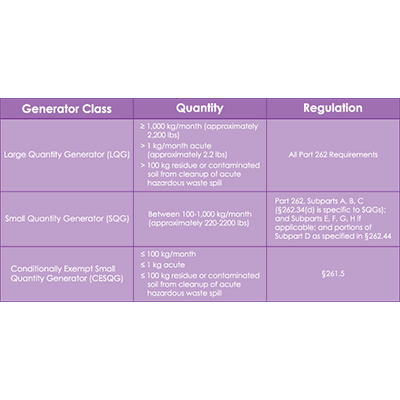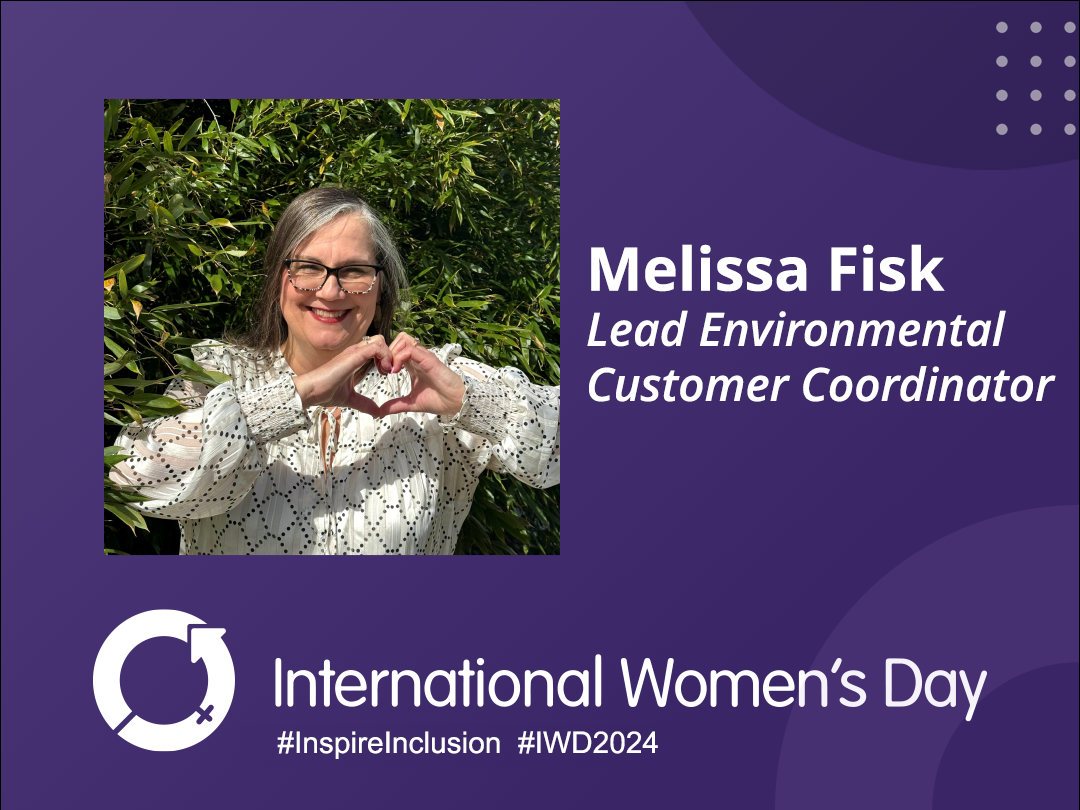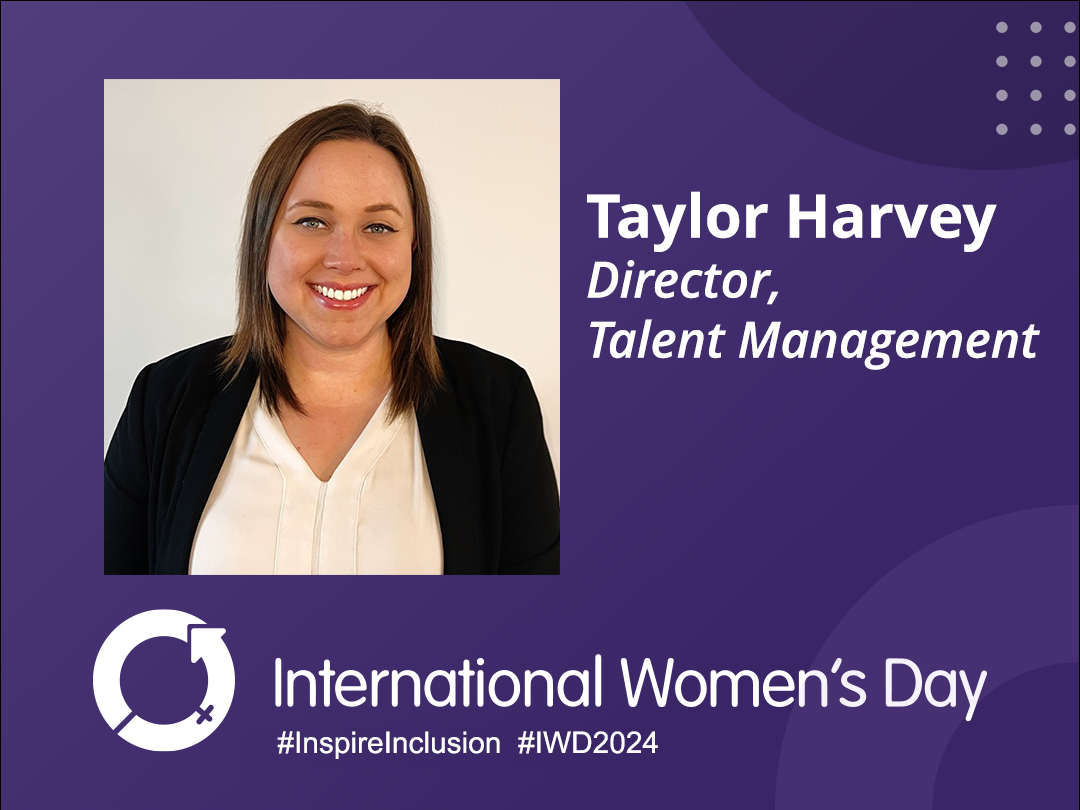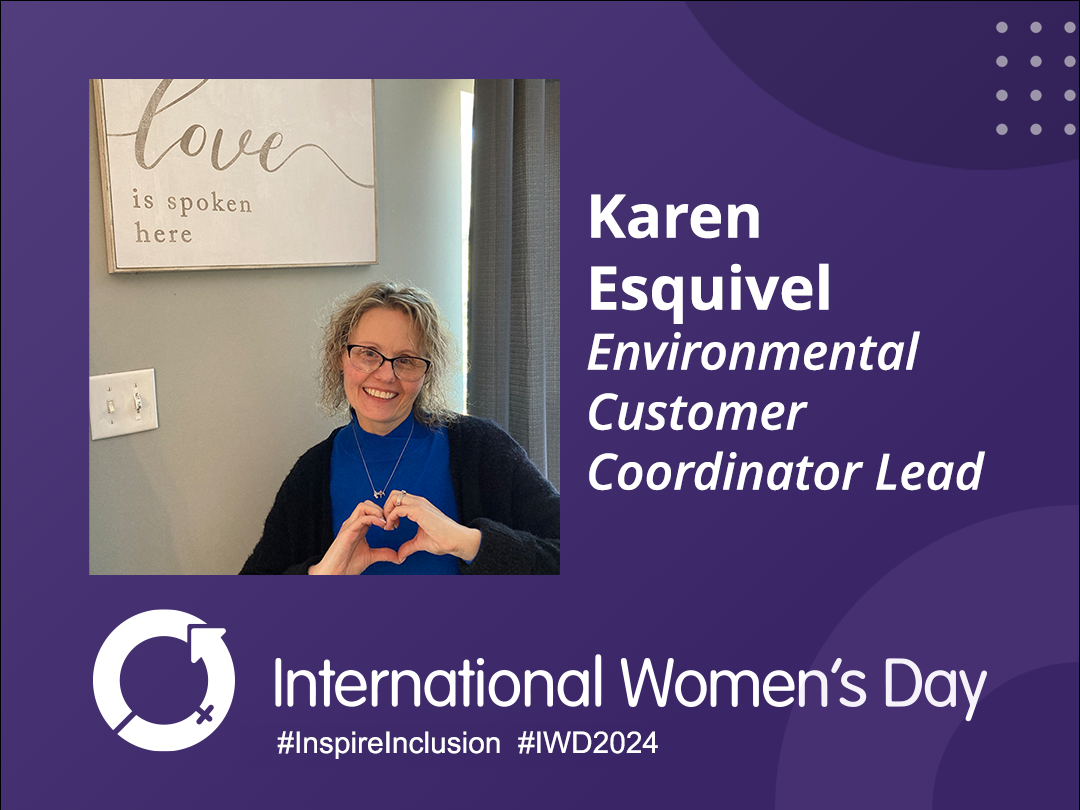
In last Tuesday’s post we talked about what constitutes a hazardous waste generator. In that post, I mentioned that because hazardous waste generators produce waste in different quantities Congress breaks them down into three distinct categories. Today we’re going to cover what those three categories are and what qualifies a generator for each one.
When the original generator regulations were published in May of 1980, they set regulations for people who generated 1000 kg or more of hazardous waste in a calendar month and people who generated more than 1 kg of acutely hazardous waste in one calendar month. People who generated less than that were considered conditionally exempt and had reduced regulatory requirements set.
The regulations were amended in 1984 to more stringently regulate people who generated between 100 and 1000 kg of hazardous waste in a calendar month and again in March of 1986 when the final regulations were published. These final regulations established a third class of generator and narrowed the scope of conditional exemption to those people generating 100kg or less of hazardous waste in a calendar month. Generators who produce 1 kg or acutely hazardous waste are also exempt.
Generators now fall into one of three categories depending on the amount of waste they generate in a calendar month. The three different classes are broken down in the table below.
What is a Large Quantity Generator?
Large Quantity Generators (or LQG’s) produce 1000 kg or more of hazardous waste or 1 kg or more of acutely hazardous waste per calendar month. These generators and wastes are subject to full regulation.
What is a Small Quantity Generator?
Small Quantity Generators (or SQG’s) produce between 100 kg and 1000 kg of hazardous waste per calendar month. These generators and wastes are subject to modified regulations. Generally, SQG’s must comply with some, but not all, of the regulations LQG’s must follow.
What is a Conditionally Exempt Small Quantity Generator?
Conditionally Exempt Small Quantity Generators (or CESQG’s) produce 100 kg or less of hazardous waste per calendar month. This category also includes generators who produce 1 kg or less of acutely hazardous waste, or 100 kg or less of contaminated soil, waste, or debris resulting from the cleanup of an acute hazardous waste spill. CESQGs are exempt from Parts 262 through 270 if they comply with the requirements in §261.5.
What is an Episodic Generator?
Occasionally, generators exceed or fall below their normal generation limits in a calendar month. When this happens the generator must take care to determine if the increase or decrease places them into a different generator category. If it does, “he or she is responsible for complying with all applicable requirements of that category for all waste generated during that calendar month. For example, if a generator produces 300 kg of hazardous waste in March, that waste must be managed in accordance with the SQG regulations; if the same generator produces 1,500 kg of hazardous waste in April, that waste must be managed in accordance with the LQG regulations.”
All information for this blog post was gathered from the EPA document, “Introduction to Generators.” As always, this blog post is not intended to be comprehensive and it is always best to check with the EPA and local government for full, up-to-date, rules and regulations.
More News From Heritage
-
3/12/24
Equal Pay Day – Spotlighting Our Female Drivers
-
3/8/24
International Women’s Week Spotlight – Shannon Dippel
For International Women's Week, we're spotlighting some of the incredible women in the Heritage family. Our final spotlight is Shannon Dippel.
-
3/8/24
International Women’s Week Spotlight – Susan Adams
For International Women's Week, we're spotlighting some of the incredible women in the Heritage family. Our sixth spotlight is Susan Adams.
-
3/7/24
International Women’s Week Spotlight – Lea Wilson
For International Women's Week, we're spotlighting some of the incredible women in the Heritage family. Our fifth spotlight is Lea Wilson
-
3/7/24
International Women’s Week Spotlight – Melissa Fisk
For International Women's Week, we're spotlighting some of the incredible women in the Heritage family. Our fourth spotlight is Melissa Fisk.
-
3/6/24
International Women’s Week Spotlight – Taylor Harvey
For International Women's Week, we're spotlighting some of the incredible women in the Heritage family. Our third spotlight is Taylor Harvey
-
3/5/24
International Women’s Week Spotlight – Karen Esquivel
For International Women's Week, we're spotlighting some of the incredible women in the Heritage family. Our second spotlight is Karen Esquivel.
-
3/5/24
Heritage Environmental Services Announces HP Nanda as CEO; CEO Jeff Laborsky Transitions to Board of Directors
Heritage Environmental Services (“HES”) announced today that HP Nanda will join the organization as CEO.








